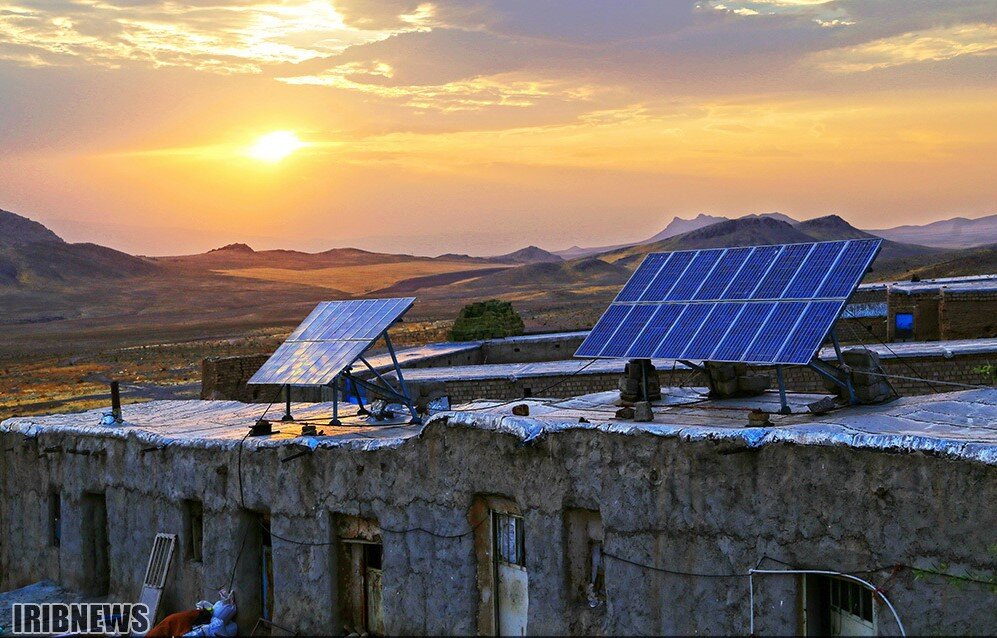Solar energy to tackle electricity shortage in remote rural areas

The limitation and difficulty in the way of supplying electricity to the remote rural areas which are hard to reach has been always one of the major challenges in the sustainable development of villages.
Solar energy, which is accessible and usable almost in every area, provides the best solution to tackle this problem.
In Iran, which enjoys an abundance of solar energy in all of its regions, using this energy as a reliable source for electricity generation in the remote areas is seriously pursued, especially in recent years, when the government has defined rural development as one of its major priorities and has expedited the rural development projects.
Using solar energy for power generation in the deprived areas especially those suffering from drought is an important approach to remove poverty in such areas.
Enjoying about 300 sunny days per year is a valuable status, and the country is planning to benefit from this advantage in its energy sector.
Based on the investigations, the deprived areas in the country are mostly rich in terms of solar energy, therefore the establishment of solar farms in these regions is a big help to develop them.
Over 44 percent of Iran’s renewable power plants are solar farms.
While the establishment of solar farms in rural areas, especially the deprived ones, is an outstanding approach, installing rooftop PV stations in these regions is also on the agenda.
A rooftop photovoltaic power station, or rooftop PV system, is a photovoltaic system that has its electricity-generating solar panels mounted on the rooftop of a residential or commercial building or structure.
The establishment of PV stations in the villages with hard access, which has been followed up by the Energy Ministry since some years ago, is lowering the power supply costs significantly.
In fact, when the utility lines are required, but not available in remote areas, solar electric systems can provide the required electricity sources.
One of the plans that the Energy Ministry has started regarding PV stations is providing 25,000 nomadic households across the country with portable photovoltaic systems so that they could use electricity during migration.
According to the program’s Executive Director Ali Chehel-Amirani, the plan is set to be completed by the Iranian calendar year of 1400 (starts in March 2021).
While the implementation of solar energy projects is a big step toward sustainable electricity supply in the villages, and rural development as the result, it will also prevent rural-urban migration.

Leave a Comment